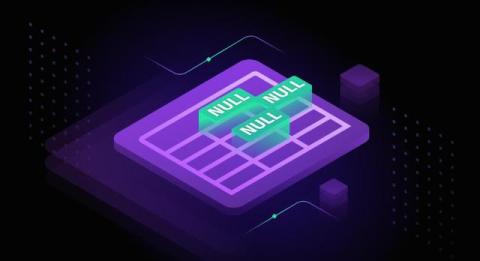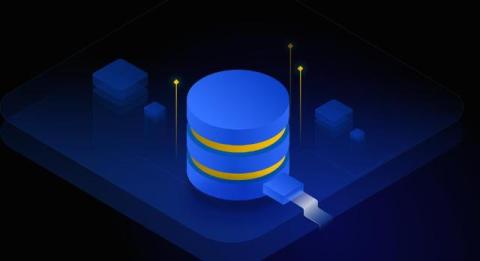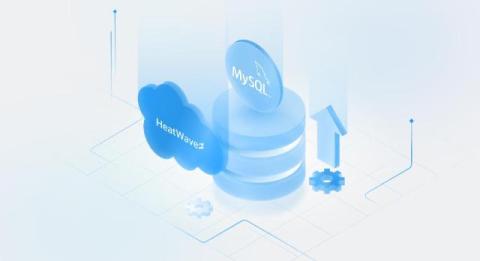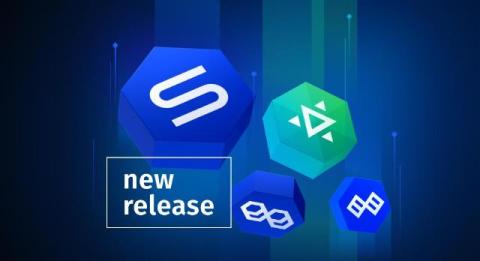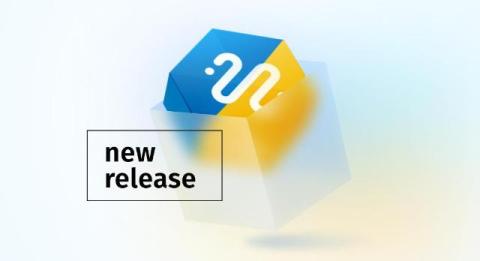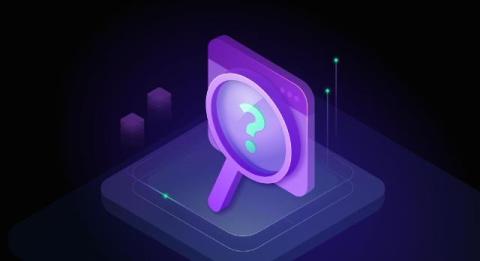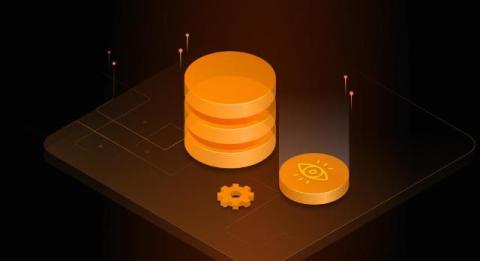How to Handle Null or Empty Values in SQL Server
When working with databases, we often encounter rows that lack data. This missing data may result from unknown or inapplicable values, errors during data import or input, or specific calculations involving non-existent values. In such cases, there are two ways to represent missing data: NULLs and empty (or blank) values. While these might seem identical at first glance, they are different and impact essential database operations in distinct ways.


